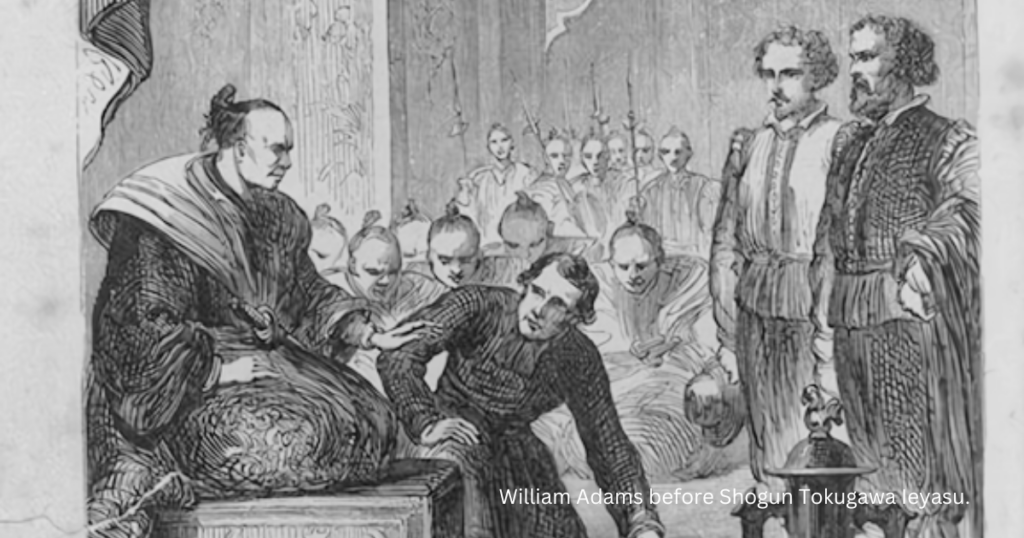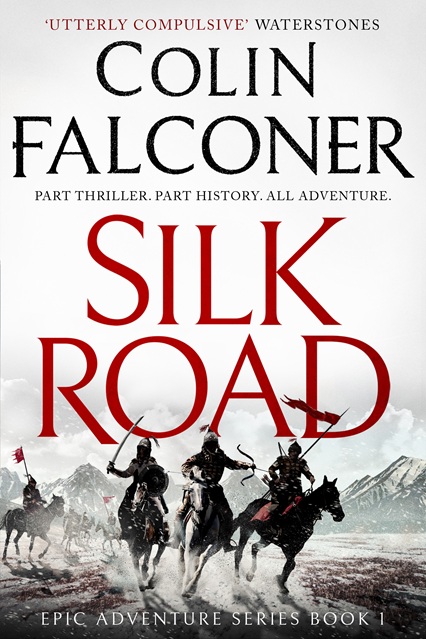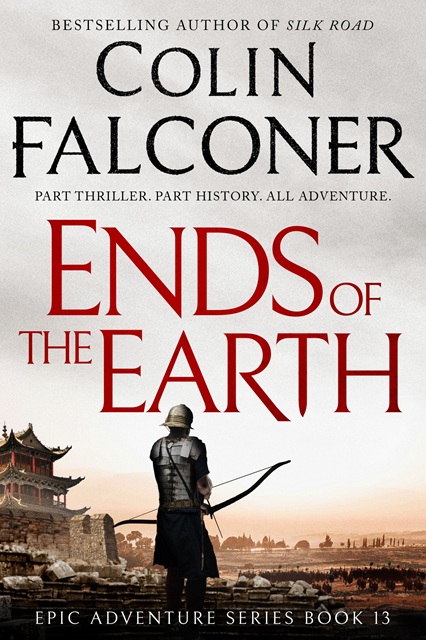The recent hit TV series, Shogun, is based on the eponymous novel by James Clavell. Its main character is a British explorer called John Blackthorne.
Was there really such a man?
In fact, yes. Shogun’s Blackthorne is based on the real-life navigator William Adams. He was the first Englishman to ever set foot in Japan. Adams was one of the survivors of a five-ship Dutch expedition that sailed through the Magellan Straits to Chile and Peru.
But things didn’t go at all as planned and only Adams’ ship survived the hellish journey.
After crossing the Pacific, they made landfall almost two years later near Usuki in Japan. Just nine crew members of the original one hundred made it ashore.
Japanese figures in Shogun
At the time, Japan was ruled by a council of five nobles called daimyo. They were vying with each other for power. One of them was Ieyasu Tokugawa. Clavell called him Yoshii Toranaga in Shogun.
Adams and Tokugawa formed a close relationship, as they did in the TV series. However, his influence on events is exaggerated for dramatic effect. Thankfully, none of Adams’s real crew were boiled alive, though such gruesome methods of execution were not unknown in Japan.
Blackthorne’s love interest, Mariko, is also based on a real person, Hosokawa Gracia. In real life they did not have an affair, although Adams did eventually marry a Japanese wife. Her identity is still shrouded in mystery.
The clothes, hairstyles, armour and customs of the time are faithfully reproduced. The use of firearms is accurate. They had been introduced into the country by the Portuguese sixty years before.
The historical inaccuracies are few. Mariko’s attempted seppuku, where she aims her sword at her heart, was not at all typical. Japanese women instead cut their jugular vein. In fact, the real-life Gracia was forbidden by her Catholic faith to kill herself.
Blackthorne’s pistols were also anachronistic. But overall, these are minor discrepancies.
Shogun’s historical events
Many of the background historical events in Shogun are also accurate. Portuguese Jesuit missionaries did indeed attempt to have Adams executed as a pirate. They rightly feared his knowledge of the outside world would undermine their efforts to control Japanese politics.
In fact, Portugal had by then been trading in Japan for sixty years. Though it may seem extraordinary to us now, Jesuit priests had succeeded in making mass conversions of hundreds of thousands of Japanese.
Even Mariko’s sacrifice at the end of Shogun has its echo in history.
When Tokugawa’s rival, Ishida Mutsinari, took over Osaka castle in 1600, he tried to take hostages from the families of other powerful generals. Gracia was one of them.
Rather than let herself be used as a pawn and endanger her feudal lord, Tokugawa, she had one of her husband’s retainers kill her. Her death triggered an uproar and forced Ishida to back down.
In the aftermath, many of the other warlords sided instead with Tokugawa.
Shogun as inspiration
Shogun is the sort of fiction I love, using real history as a canvas on which to paint a wonderful story. It shows attention to facts without trying to be a history book.
Clavell’s work inspired me to write my novel Silk Road. I love the adventure, the larger-than-life characters and the exotic detail.
If this is also your kind of story, you may like my epic adventure series.








